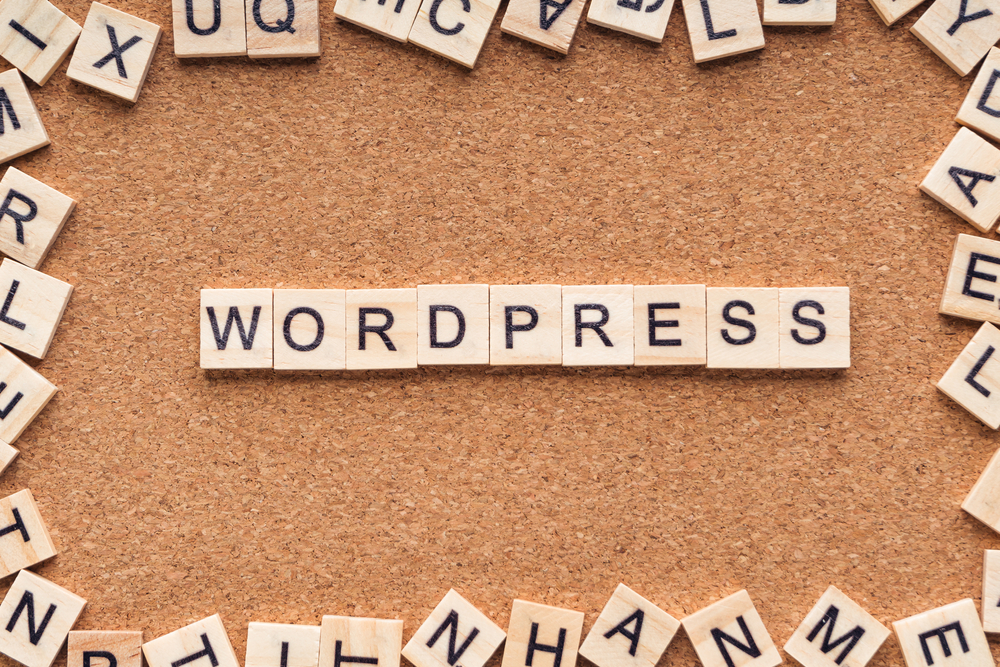
Mastering WordPress Customization & Maintenance: Top Tips & Tricks for Your Website

WordPress has established itself as one of the most popular content management systems (CMS) in the world. Its flexibility, user-friendly interface, and vast plugin ecosystem make it the go-to choice for individuals and businesses looking to build and maintain their websites. However, to truly harness the power of WordPress, it is essential to master its customization and maintenance aspects. In this article, we will explore some top tips and tricks to help you optimize your WordPress website and take control of its customization and maintenance process.
1. Choose a Responsive Theme:One of the first steps in customizing your WordPress (the platform for bloggers) website is selecting a theme. When choosing a theme, prioritize responsiveness. A responsive theme ensures that your website looks and functions well across different devices and screen sizes, enhancing user experience. It is important to note that responsiveness is also a factor that search engines consider when ranking websites in search results.
2. Customize the Appearance with a Page Builder:
WordPress (WP) offers various page builder plugins that simplify the process of customizing your website's appearance. These plugins allow you to create visually appealing pages without any coding knowledge. Elementor, Beaver Builder, and Divi Builder are among the most popular page builders available. With drag-and-drop functionality, pre-designed templates, and a wide range of customization options, these plugins make website customization a breeze.
3. Optimize Site Performance:
Site performance is crucial for user satisfaction and search engine rankings. Slow-loading websites lead to higher bounce rates and decreased conversions. To optimize your WordPress (the blogging platform) website's performance, consider implementing the following steps:
- Minimize image sizes: Compress images before uploading them to your website using plugins such as Smush or EWWW Image Optimizer.
- Enable caching: Utilize caching plugins such as WP Rocket or W3 Total Cache to reduce server load and improve page load times.- Use a Content Delivery Network (CDN): A CDN allows your website's content to be served from multiple server locations, reducing the distance between users and your website.
- Optimize database: Regularly clean and optimize your WordPress (or WP) database using plugins like WP-Optimize to remove unnecessary clutter and improve website speed.
4. Secure Your Website:
Ensuring the security of your WordPress website is essential to protect sensitive data and maintain a good reputation. Follow these tips to enhance your website's security:
- Keep themes and plugins up to date: Outdated themes and plugins are often more vulnerable to security breaches. Regularly update them to the latest versions.
- Use strong passwords: Avoid using common or easily guessable passwords. Include a combination of uppercase and lowercase letters, numbers, and special symbols.- Limit login attempts: Implement a plugin like Limit Login Attempts Reloaded to prevent brute force attacks by limiting the number of login attempts from a single IP address.
- Install a security plugin: Plugins such as Wordfence or Sucuri help monitor and protect your website from malware, hacking attempts, and other security threats.
- Backup your website: Regularly create backups of your WordPress site to ensure that you have a restore point in case of any unforeseen incidents.
5. Incorporate SEO Best Practices:
Search engine optimization (SEO) is crucial for ensuring your website ranks high in search engine results. Implementing the following best practices can improve your website's visibility:
- Use an SEO plugin: Yoast SEO and All In One SEO Pack are widely used plugins that help optimize your website's content and provide guidance on improving SEO.
- Optimize page titles and meta descriptions: Customize your page titles and meta descriptions using relevant keywords to attract search engine users.- Create quality content: Regularly publish valuable and informative content that is relevant to your target audience. Keyword research can help you identify popular search terms to focus on.
Frequently Asked Questions:
Q1: Can I switch themes without losing my content?A1: Yes, switching themes does not impact the content on your WordPress website. However, it may require some adjustment to match the new theme's design.
Q2: How often should I update my plugins and themes?
A2: It is recommended to update your plugins and themes as soon as updates become available. Outdated software can pose security risks.
Q3: What are the benefits of using a page builder plugin?
A3: Page builder plugins simplify the process of customizing your website's design without the need for coding knowledge. They offer drag-and-drop functionality and various customization options.
Q4: Are caching plugins essential for website performance?
A4: While caching plugins are not mandatory, they significantly improve website performance by reducing server load and enhancing page load times.
Q5: Is it necessary to create regular backups of my WordPress website?
A5: Yes, regular backups are crucial as they create restore points in case of data loss, hacking attempts, or other unforeseen incidents.
In conclusion, mastering WordPress customization and maintenance is vital for creating a powerful and visually appealing website. By following the tips and tricks outlined in this article, you can optimize your WordPress website, enhance its performance, improve security, and increase its search engine visibility. With a little effort, you'll be able to take full control of your WordPress website and unlock its true potential.
Other useful resources
- https://www.wordpress24plus.com/services/
- https://www.wordpress24plus.com/wordpress-tools-directory/wordpress-themes/